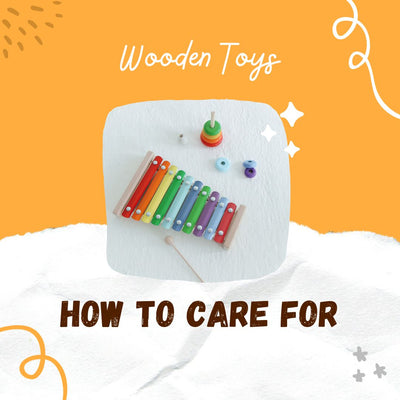In the dynamic world of parenting, finding activities that engage and stimulate a child's senses is crucial for their overall development. Sensory play has emerged as a powerful tool in this regard, fostering creativity, cognitive growth, and emotional well-being in children.
In this comprehensive guide, we'll explore the fascinating realm of sensory play, its benefits, and a myriad of exciting activities that parents and caregivers can incorporate into their children's daily routine.
Understanding Sensory Play
Before delving into the activities, let's grasp the fundamentals of sensory play. Sensory play involves activities that stimulate a child's senses – touch, sight, sound, taste, and smell. These experiences not only entertain but also contribute significantly to a child's cognitive, physical, and social development.
The Benefits of Sensory Play
a. Cognitive Development: Sensory play enhances cognitive skills by promoting problem-solving, decision-making, and critical thinking.
b. Motor Skills: Activities like squishing playdough or pouring water help develop fine and gross motor skills.
c. Emotional Regulation: Engaging the senses helps children understand and regulate their emotions, promoting emotional well-being.
d. Social Skills: Sensory play often involves interaction with peers, fostering teamwork, communication, and cooperation.
Section 3: DIY Sensory Play Activities
a. Sensory Bins:
- Create a colorful rice bin with hidden treasures for tactile exploration.
- Build a nature-inspired sensory bin using leaves, pinecones, and sand.
b. Playdough Extravaganza:
- Make scented playdough with essential oils for added olfactory stimulation.
- Add textures like rice or beads to create a tactile twist to the classic playdough.
c. Mess-Free Painting:
- Utilize a sealed plastic bag for mess-free finger painting.
- Experiment with different textured materials for a unique painting experience.
d. Sensory Scavenger Hunt:
- Develop a scavenger hunt with items of various textures and colors.
- Encourage children to describe the items they find, promoting language development.
e. Sensory Storytime:
- Incorporate sensory elements into storytime with props like textured fabrics or scented items.
- Encourage children to act out parts of the story for physical engagement.
Safety Considerations
While sensory play is incredibly beneficial, it's crucial to ensure a safe environment for children. Always supervise activities, choose age-appropriate materials, and be mindful of any potential allergens.
Conclusion:
Sensory play is a powerful tool for nurturing a child's holistic development. By incorporating these activities into daily routines, parents and caregivers can provide an enriching environment that stimulates the senses, fosters creativity, and lays the foundation for a lifetime of learning. Embrace the joy of sensory play and watch as your child flourishes in a world of exploration and discovery.





